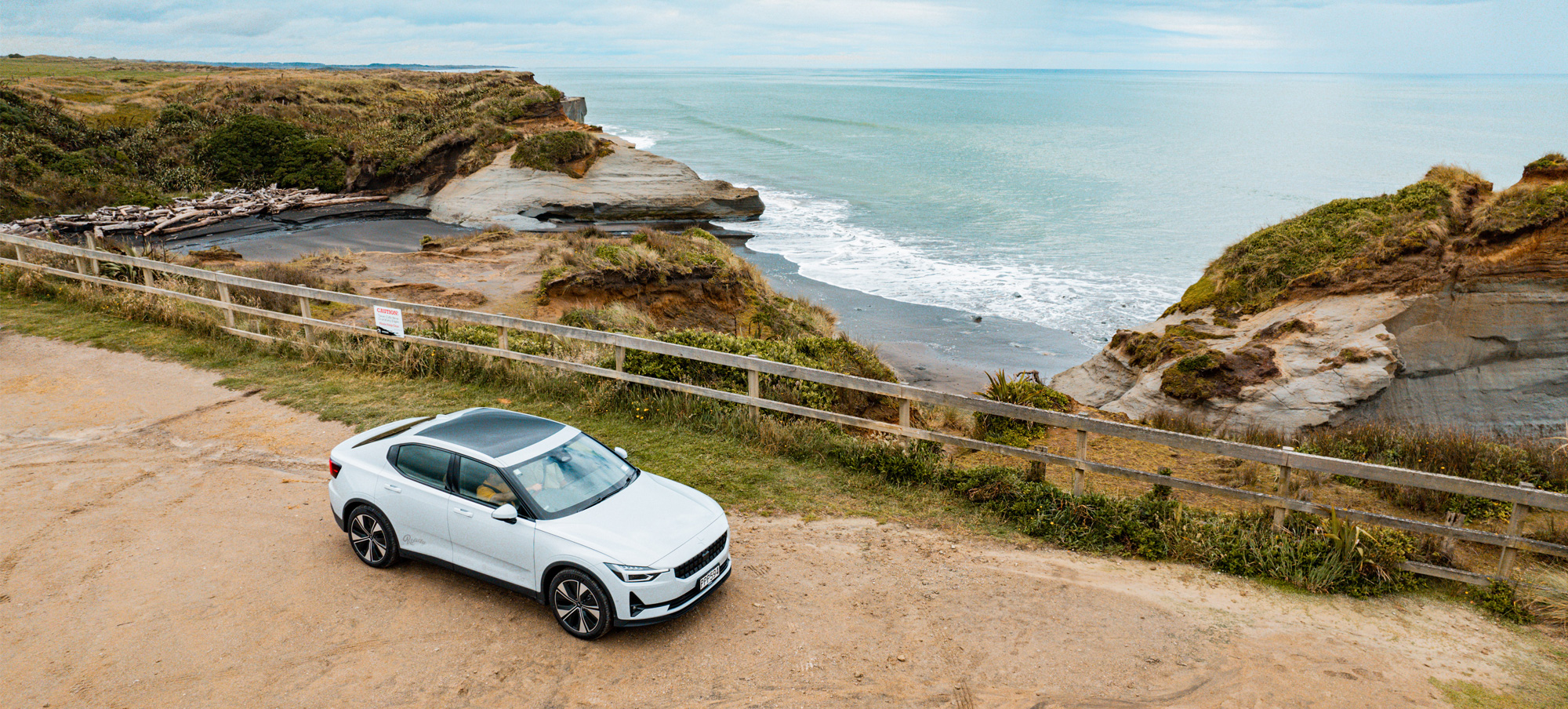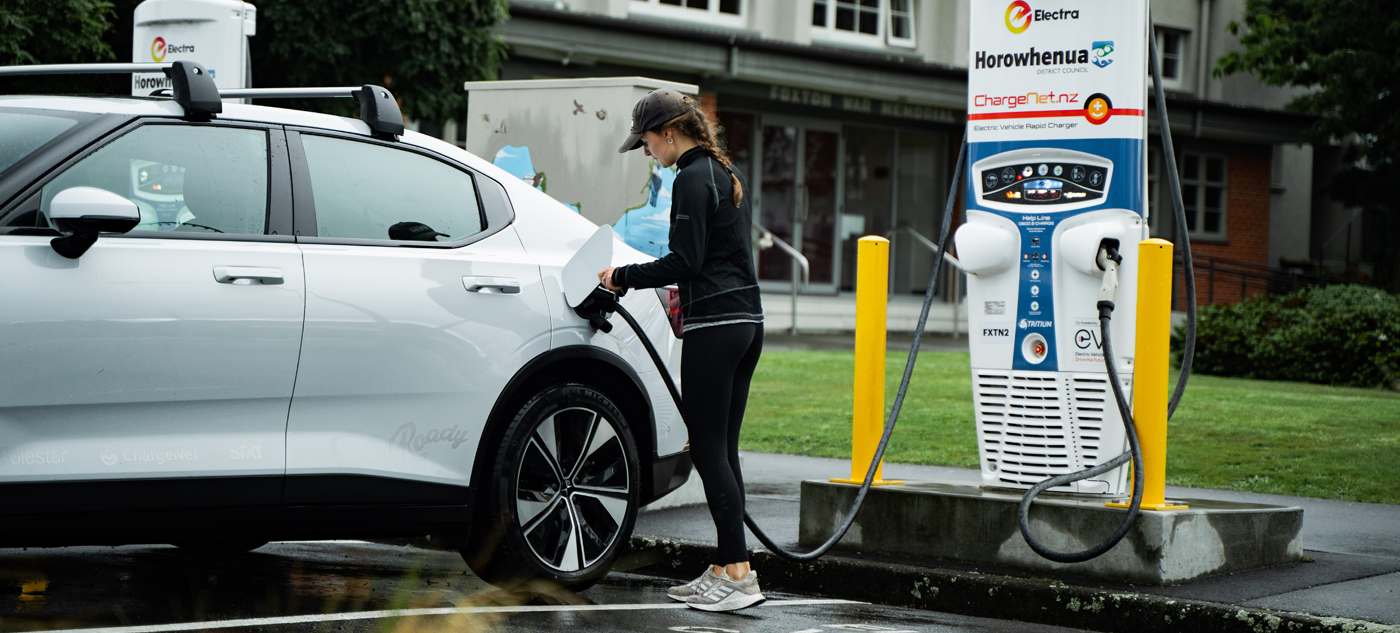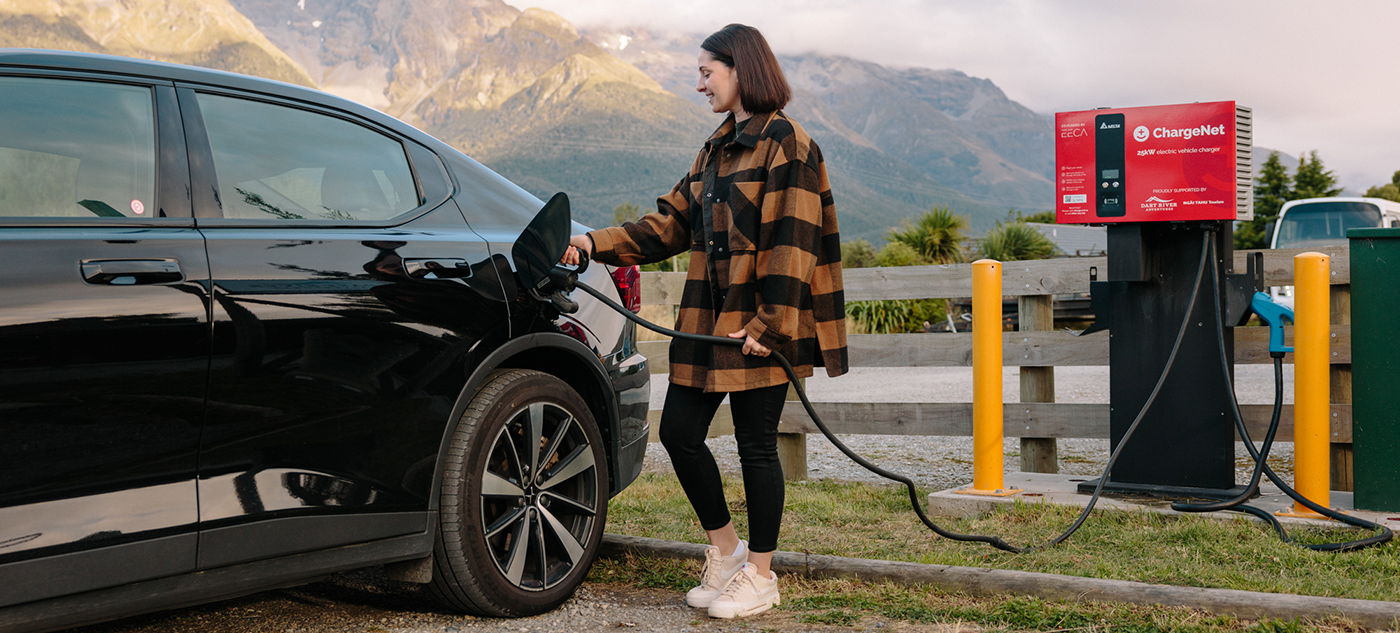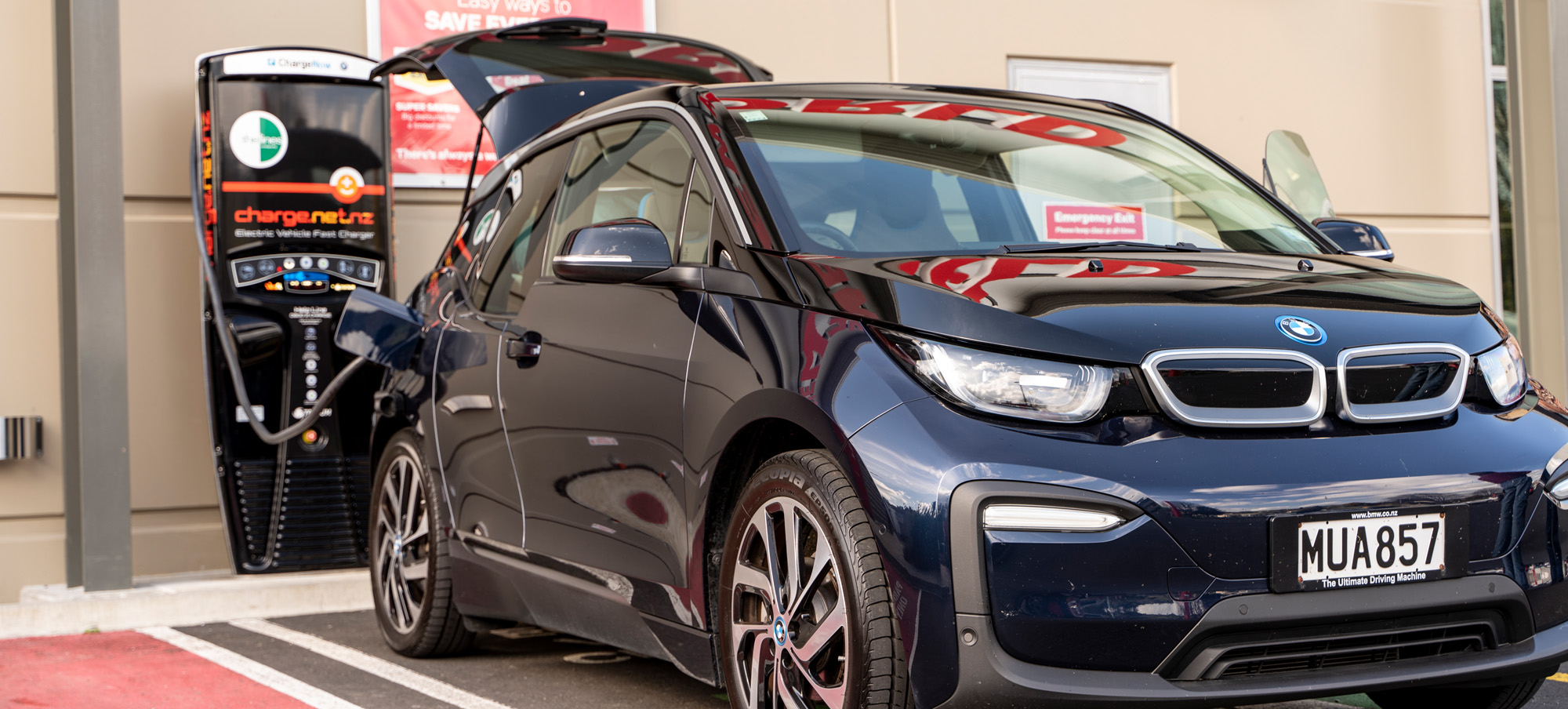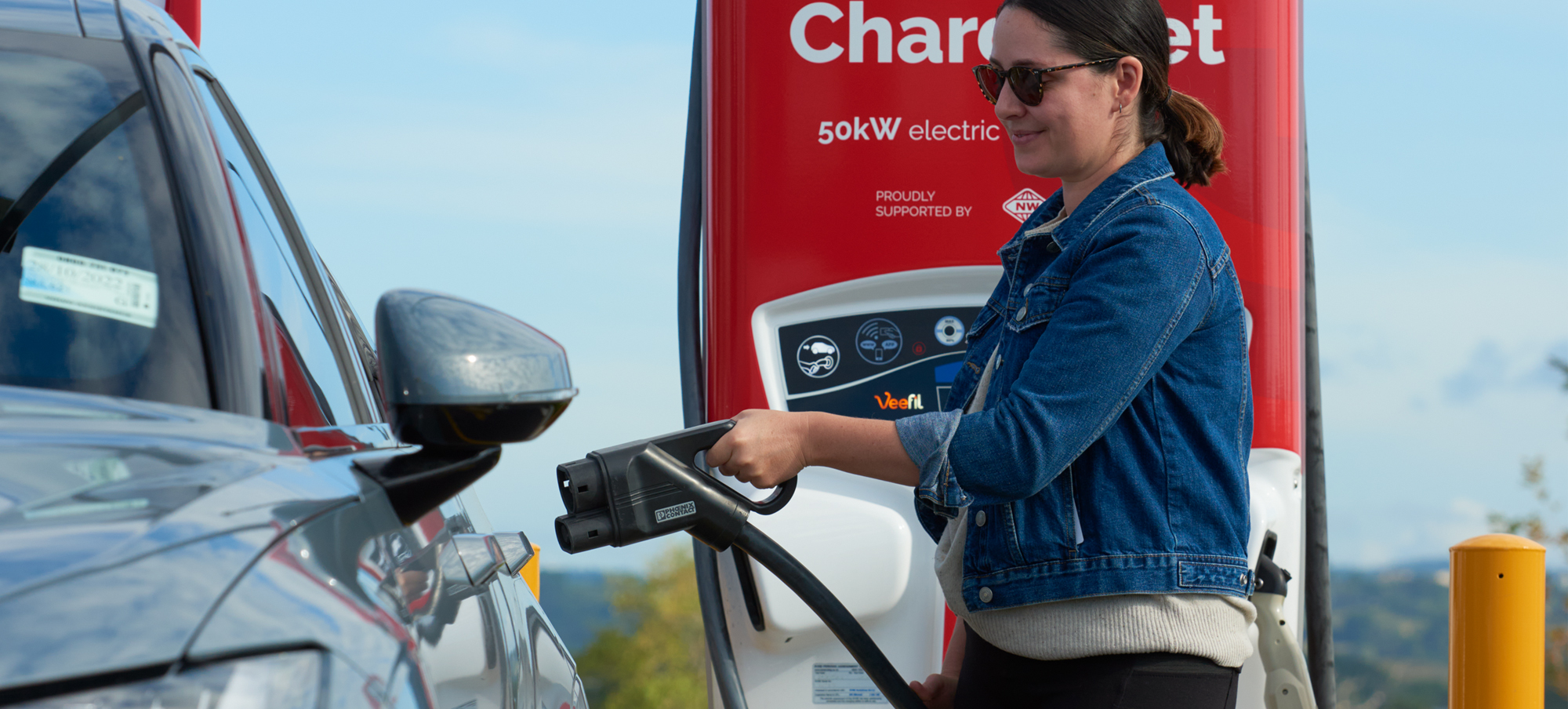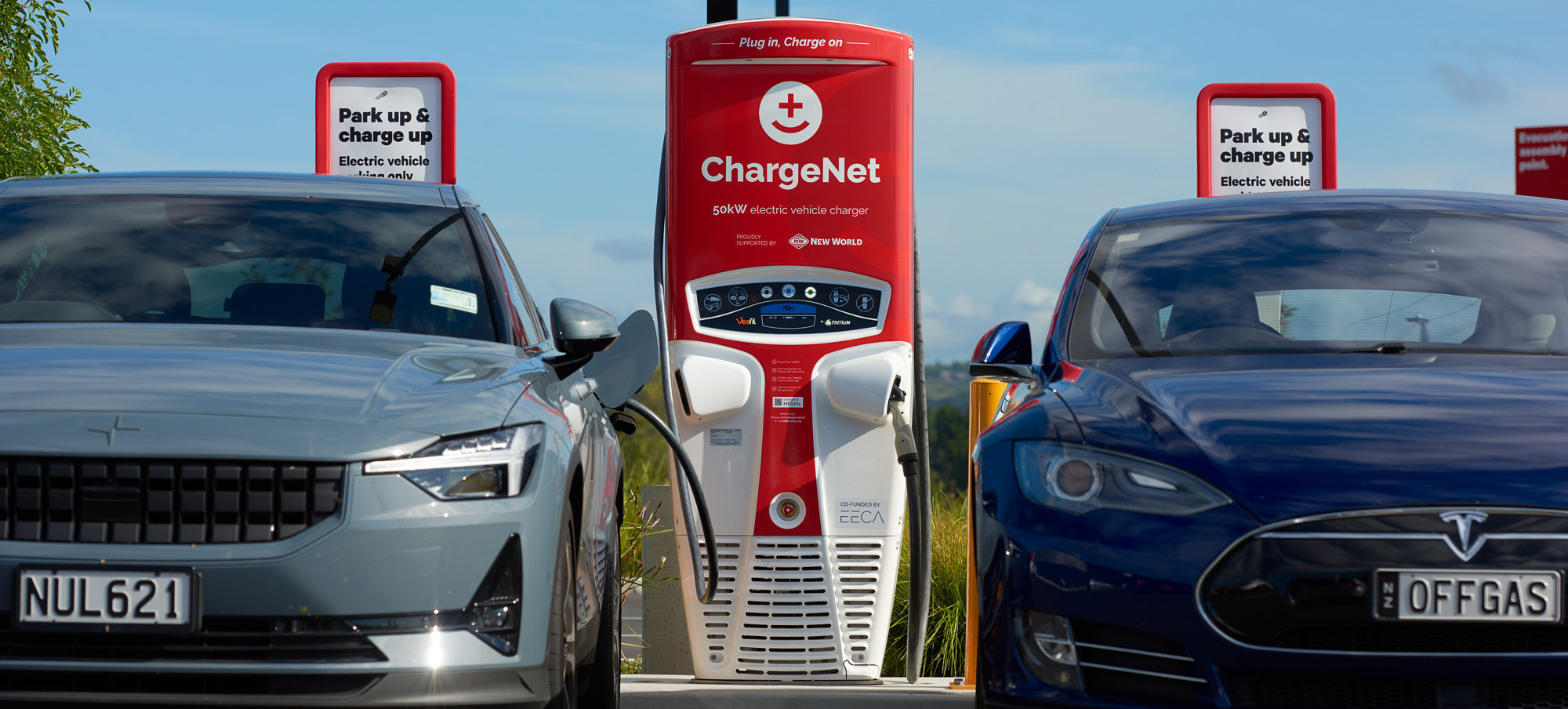
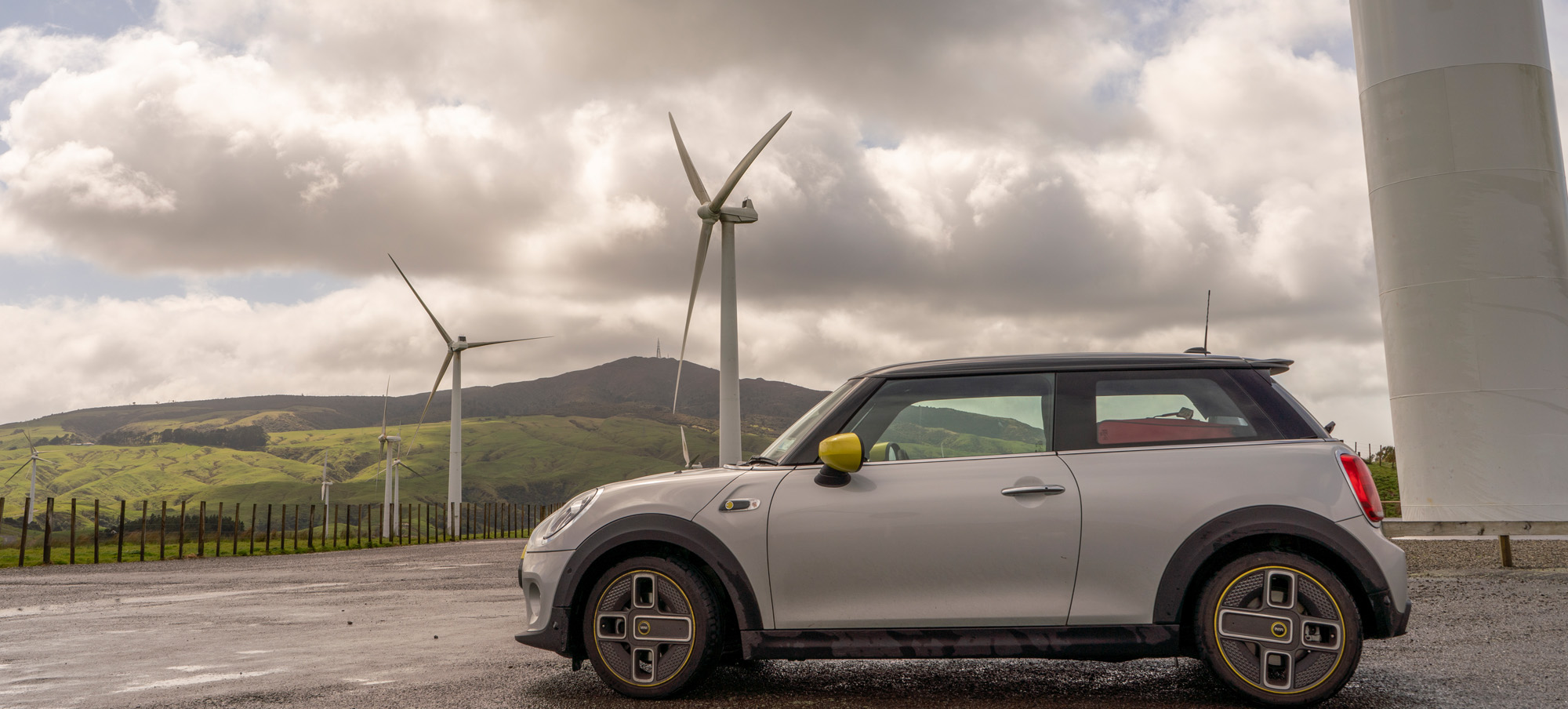
This story originally appeared on thedriven.io and is republished here with the permission of the author, Bryce Gaton.
It is amazing just how persistent some EV Urban Myths are. While several of them are fading away (EVs don’t have the range, EVs are about as powerful and exciting as a golf buggy), others just refuse to die.
As a result of answering the same questions in different settings, I decided to list my Top Ten EV Urban Myths That Deserve To Die in the (probably vain) hope that if I provide a collected set of simple, succinct answers to them – I will never need to answer these particular ones again.
These have all been comprehensively addressed multiple times in scientific papers, economic reports and government reports. Therefore, in regards to this list at least – it’s time to move on!
Myth 1: Electric vehicles in {name the country/state} are ‘dirty’, producing as many carbon dioxide emissions as a petrol or diesel vehicle
Fact: Almost everywhere around the world, EVs charged solely from grid power already produce less greenhouse gas emissions than equivalent petrol or diesel (ICE) vehicles. As the grid becomes ‘greener’, so do EVs.
Explanation: Some people make the mistake of comparing new car petrol/diesel windscreen sticker CO2 emission numbers to EV electricity use emissions numbers – but these are not an apples-with-apples comparison.
The petrol/diesel windscreen stickers only show the direct emissions from the fuel burnt. They do not include the emissions due to extracting, refining, transporting and delivering the fuel to the car.
EV emissions data generally include a lot more of the downstream grid emissions – meaning comparing the two is not a true ‘well-to-wheel’ comparison of EV to ICE (Internal Combustion Engine). Plus, as grids become greener, so do EVs.
Myth 2: The grid cannot support an increase in electric vehicle charging
Fact: EVs do not add enormous amounts of demand to the grid. The rough number bandied about is a 100% EV fleet would add around 10% to overall electricity demand. Many supply authorities around the world have stated that they are ready and able to absorb EV demand as it grows and are planning for additions and changes to the system as and when they are needed.
Explanation: Studies from around the world show that (in general) grids will comfortably cope as EV uptake grows. Plus, given that EVs will not suddenly ‘take over’ overnight, with proper planning any local area changes to the grid and its management can easily be put in place well before they might be needed.
This is especially true when EVs can be selectively ‘Demand Managed’ to charge at slower rates over a longer length of time or during off-peak hours. Using this scenario, it has been suggested that a full EV fleet would add around 10% to overall electricity demand.
On the other hand, Fuel Cell EVs (FCEVs or ‘hydrogen cars’) use 3 to 5 times as much electricity to create the hydrogen, transport it to the delivery point and move the car as it does to directly charge a BEV to cover the same distance.
This means that a 100% hydrogen car economy would need 3 to 5 times the electricity generation capacity for transport energy as a BEV transport economy.
Without a much larger, fully renewable electricity grid – FCEVs definitely would place a strain on existing electricity infrastructure as well as significantly increase the carbon emissions from electricity generation.
Myth 3: EV batteries can’t be recycled
Fact: EV batteries have long lives and can be repurposed several times before finally being recycled. When recycled, around 95 – 98% of the materials can be extracted and reused.
Explanation: The answer here is actually in three parts:
- EV batteries do not die when they reach the end of their vehicle service life. They can be disassembled and the best cells reassembled and sold as reconditioned vehicle battery packs.
- Cells that are still OK, but not still fit for vehicle use can be repurposed into battery storage systems and have another 8 to 15 years of life.
- Once a cell does reach the end of its life, the latest developments in cell design and component extraction enable at least 95 – 98% of the battery to be recycled.
Myth 4: EV batteries don’t last
Fact: Simply not true.
Explanation: This is probably the hardest one to dispel as we are all used to short lithium battery life in our phones.
However, in comparison to our phones, EV batteries are better built, use better charging systems and have all aspects of their charging and use constantly monitored and controlled – including incorporating temperature management systems that can heat or cool the battery to ensure it always remains within its optimum temperature range.
Studies of older Tesla Model S and Model X have shown very slow battery range loss over time. (An average of just under 10% battery degradation after over 250,000km). Other studies suggest that many EV batteries will outlast the life of the car.
Myth 5: EV batteries cost more than the car to replace
Fact: As noted in my answer to Myth 4: not many EV batteries will actually need replacing. Those that do are often done under warranty. Battery prices are falling rapidly, so what seems expensive now will be a lot cheaper if it comes to need replacing in 10 years or more time.
Explanation: EV battery warranties are generally around 8 years and for a minimum of 70% remaining by that time. If a battery falls below this threshold before the warranty expires – they are replaced under warranty.
For those batteries that do lose enough range to need replacement after the warranty expires, battery prices have already fallen from over US $1,100 per kWh in 2011 to under US$130 now – and still falling. By 2024 that is expected to be US$100 and continuing to fall.
This suggests that around 2030, a new 64kWh battery for a Hyundai Kona (currently around US$30,000-ish) may cost something like US$10,000 new …. with reconditioned battery prices perhaps around half that.
In addition, with enough of the first generation of EVs with short ranges coming up for battery replacements, there are now enough opportunities for new businesses to step in and offer replacement batteries that are bigger and/or better than the original.
Myth 6: EVs are made with polluting minerals mined by children
Fact: The EV related mineral with this issue is cobalt from the Democratic Republic of the Congo. However, cobalt is being reduced/phased out of EV batteries. Of the remaining cobalt use, EV manufacturers are working hard to source it from mines that ensure ethical labour standards and use environmentally responsible extraction methods.
Explanation: Remember: for any product we buy we need to be aware of the environmental and labour practices involved in its manufacture. We should always work hard to make sure we buy products from manufacturers that act as Good Corporate Citizens.
As examples, Tesla, Volvo and BMW (to name just three) have taken concrete steps to source their manufacturing minerals (particularly cobalt) only from mines that ensure ethical labour standards and use environmentally responsible extraction methods.
To name a few more, Tesla, VW and Renault are working hard to ensure proper remanufacture, reuse and recycling systems are set up for end-of-life vehicle batteries. The bottom line is that it’s up to us to pressure all manufacturers and suppliers, not just those of EVs, to clean up their act!
Click here for more on the topic of cobalt mining issues.
Myth 7: There are not enough public charge points
Fact: EV charging does not follow the old centralised fuel station model. 80 to 90% of EV charging is done at one’s home or destination. We need a few public charging points, but not as many as the current fuel station model provides.
Explanation: The reality is there does not need to be anywhere near as many petrol station-like public EV charging stations to fulfill future EV charging needs. On the other hand, the ones we will need are already rolling out as a developing national network of DC fast-charging stations, with many more to come. (Click here to learn about our Hyper-rapid charging network expansion plans).
In fact, New Zealand already DC charging stations every 75 kms across our state highways. As our DC network expands, there won’t be anywhere you can’t get in an EV. The ChargeNet network has more than 250 rapid (25-50kW) and hyper-rapid (300kW) charging stations. With new locations added every month, EV drivers can rely on our convenient and reliable EV charging network, wherever they are in the country.
Myth 8: BEVs can’t tow
Fact: BEVs generally make good tow vehicles and have many towing advantages over ICE vehicles. Unfortunately, manufacturers in the past weren’t rating many BEVs for towing – but this is changing.
Explanation: BEVs have much better torque at take-off than any ICE vehicle. This makes them potentially very good tow vehicles. Many of the coming crop of EV utes and SUVs will come with class-leading tow ratings. It has been unfortunate that until now BEV manufacturers have been reluctant to rate their vehicles for towing, or only give them low ratings. Thankfully, this issue is being addressed in the latest crop of EVs being released.
Myth 9: EVs catch fire a lot
Fact: They catch fire a lot less than ICE vehicles. They also take longer to catch alight, allowing passengers more time to escape.
Explanation:
EVs are the new kid on the block, so any incident makes headlines. EV fires in particular were making a lot of headlines a couple of years back, but the statistics are now in. A recent study of US vehicle fires by the US insurance company AutoinsuranceEZ.com found the following:
- Hybrid vehicles: 3,474 fires per 100K sales
- Petrol vehicles: 1,529 fires per 100K sales
- Electric vehicles: 25 fires per 100K sales
In fact, if you are buying a car based on fire risk alone – the stats suggest you should buy an EV!
Furthermore, EV battery fires are slow to begin so it is easier to escape an EV fire in time as compared to a petrol fire. The main issue for EV fires is they are different to petrol, diesel or LPG ones. (Remembering that each of these are different from each other too).
EV battery fires can be harder to put out and may require either special fire extinguishers or large amounts of water. As a result, if you do have an EV fire – short of parking it in a lake – make sure any bystanders stay upwind and wait for the fire truck.
Myth 10: Over the lifetime of an EV, manufacturing an electric car consumes more energy than internal combustion engine vehicles
Fact: Incorrect. Overall, the payback period for EV manufacture compared to petrol/diesel vehicle emissions over the same period is between 6 to 24 months of average driving (depending on what level of fossil fuels are used to power the grid the EV charges from, and how far it is driven). Plus, as the grid becomes greener, the payback period gets shorter.
Explanation: It is amazing how many times this has been addressed – and every time it comes out that EVs are already greener to drive, even when overall ‘cradle to grave’ C02-e emissions are included. In the US, a Union of Concerned Scientists report gave the number of 6 – 16 months of average driving to pay back an EV’s manufacturing emissions.
In Europe, the figure has been given as around 2 years by the International Council on Clean Transport (ICCT).
To show how this payback period shortens as the grid decarbonises – below is a graph taken from a UK study. It shows the reduction in grams CO2/km as the grid becomes increasingly supplied from renewable energy sources:
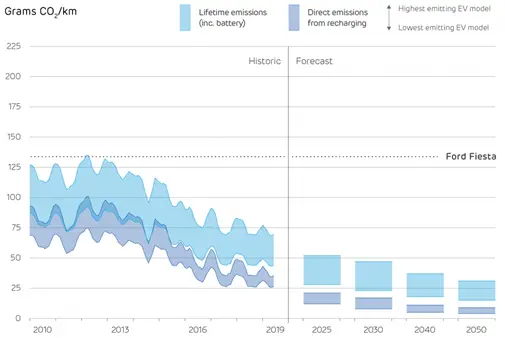
This article was written by Bryce Gaton and appears on thedriven.io.
Knowledge Base
Visit Knowledge Base

